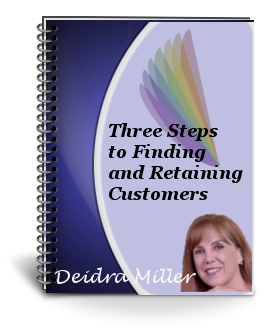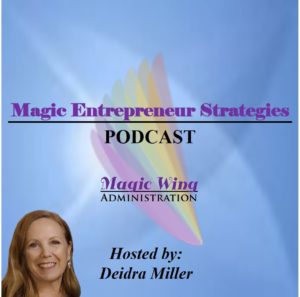 It’s easy to say customers are our most important asset but turning a customer relationship management (CRM) strategy into bottom-line results is hard work. It means winning the battle for customers’ hearts and minds every day, with each interaction at every customer touch point. Long-standing relationships only arise from trust gained over many transactions and by customers’ belief that the company wishes to keep them around rather than drive them away.
It’s easy to say customers are our most important asset but turning a customer relationship management (CRM) strategy into bottom-line results is hard work. It means winning the battle for customers’ hearts and minds every day, with each interaction at every customer touch point. Long-standing relationships only arise from trust gained over many transactions and by customers’ belief that the company wishes to keep them around rather than drive them away.
Customer relationships are a company’s most valuable asset, worth more than everything else combined because no customers equals no business. Getting and keeping more customers who stay with you longer is crucial. If your customers are loyal to your business, they will be much more likely to choose you over your competitors. Loyal customers spend more and bring in even more new customers. Loyalty is immensely valuable. Research has shown that a 5% increase in customer retention rates results in a 25% to 95% increase in profits.
Creating a customer-focused company starts with the definition of a CRM strategy, which may include new work processes, organizational changes, and even a revamped corporate culture.
Here are 7 Keys to Establishing a CRM Strategy that will Help Create Customer Loyalty
1. Find out what customers want and know what you are providing matches that
Do not start with the bottom line. Profit and cash flow are residuals of attention to the needs and preferences of your customers. Of course, profits are crucial. But long-term cash flow and profits come from regular customers.
2. Be honest and keep things simple, listen, communicate openly and keep your promises
Deliver what you say you will. Far too many businesses focus on ways to keep customers, only to lose sight of the fact that their product or service simply isn’t what it should be. Make certain that the core of what you do is deserving of long-term customer loyalty, and then look for ways to nurture it. Make it simple to do business with you.
3. Practice what you preach and preach what you practice
Treat your customers like you would like to be treated and then go even further by, in that classic phrase: exceeding their expectations. Give customers reasons to stay. Great service or products are terrific, but it never hurts to lure customers into the long-term fold. How about discounts or special offers for regular customers? Customer loyalty needs to be appropriately valued and rewarded.
4. Nurture employees
“Old-fashioned” solutions still provide the edge. Research shows that a personal relationship with your employees is the key to keeping customers loyal and that happy staff keep customers coming back. Treat your employees as you would want to be treated year after year. Not only does that encourage staff to also do their bit to entice customer loyalty, it emphasizes a supportive, responsive environment. Employee loyalty needs to be appropriately valued and rewarded.
5. Use sensible marketing practices
Not many people enjoy being inundated with telephone calls and mailings so don’t do it! Test, test, test and track the customers who come back. Once you know who your best customers are, the real work begins—convincing them to stay. Repeat purchase and retention rates capture the real financial ramifications of whether or not a company is delivering high value to its customers.
6. Know the value of your customers, segments and groups
Know who is likely to be loyal. Some customers are more trouble than they’re worth. Monitor what goes into keeping a customer satisfied; if it’s too costly or simply too much work – it’s wrong to say that everyone should be a lifelong customer.
7. Use effective CRM systems, don’t let the systems use you
Invest in a CRM software platform that allows you to keep track of all your customers’ information. With a CRM you can also schedule tasks and appointments and receive automated reminders, make notes about the contact and attach relevant documents.
[tweetthis]#Customer #relationships are a company’s most valuable asset because no customers equals no business[/tweetthis]
When you create customers for life, they will become advocates with the perception (and don’t forget that perception is reality) that you do what’s best for your customers, not just what’s best for your bottom line.
Your turn: What CRM strategies do you use to improve customer loyalty?
Deidra Miller
Administrative and Marketing Consultant




